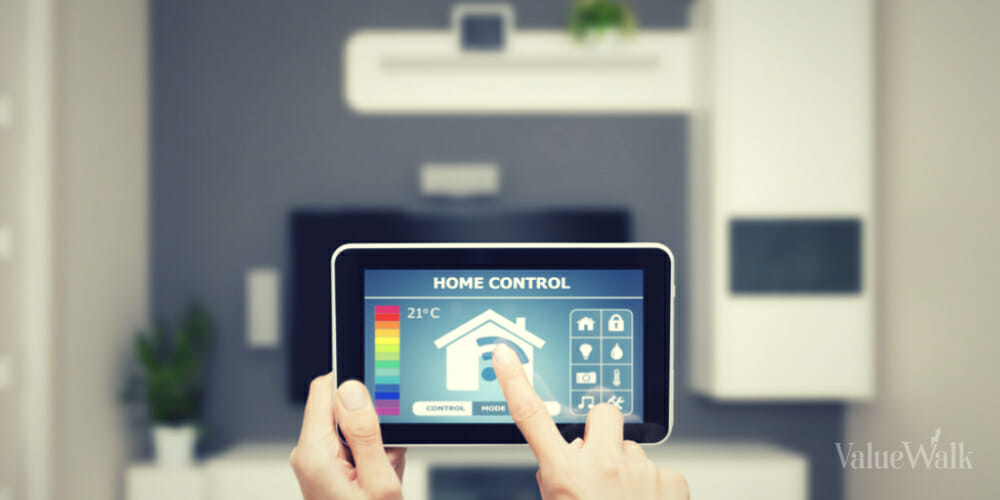Humans have advanced in countless ways over the past few decades. Some of these ways could have never been imagined, the internet is certainly different than expected. Although others are just partial realizations of what was thought possible. For this the thought of flying cars, digital glasses, and importantly smart homes, arise.
The Rapid Adoption Of Smart Home Tech
Smart homes are one innovation that truly did take off. The problem is just that instead of being a fully self-sufficient and aware home. Smart homes are relatively nonexistent in that sense of the term. Although smart devices, automated or AI-powered alternatives, are certainly here to stay. The first smart device that comes to mind is one’s phone. But that hardly can be considered an aspect of the smart home.
Q4 2022 hedge fund letters, conferences and more
The real first step in creating a smart home is the smart speaker. These have boomed in popularity, being able to answer questions, play music, or provide other information instantly. These have been integrated into televisions or overall hubs that may have a few extra features added on. When it comes to smart devices today, these are taking up most of the market.
Although that’s certainly not to say it’s the only market. Smart security is another industry that has taken off. It’s likely the oldest applied smart market, starting with smart locks and cameras. It only makes sense as well, smart security keeps a home safer and offers more supervision. It has given homeowners a lot of peace of mind while leaving their home unattended.
Smart utilities are a similarly practical option. These tend to be utilities that are more expensive in the short, but not long run. Smart heaters, light bulbs, and thermostats all save valuable money over the years. The return on investment isn’t instant, but it is near guaranteed. Admittedly though, smart security and even smart security isn’t usually what people imagine.
For most people thinking of a smart home, they think of an automated home that talks back. This is found far more commonly in the more niche products on the market. Smart mirrors, smart refrigerators, smart window shades, these fit the bill. They’re either highly automated or highly communicative alternatives to the regular option. These tend to be very expensive and much more innovative ideas. Although even these are starting to bleed into the average consumer's home.
And as a final point, the reality is smart devices are already everywhere. Seven in 10 households own at least one smart device. And while most perceive the devices as too expensive, that hasn’t stopped them from buying at least one. This is also one issue that is rapidly being worked on. Subscription models, lower prices, cheaper alternatives, these are all in rapid development.
Smart devices are not as movies and media of the past imagined them. Instead they’re just realistic, practical options to save a little time. Or even to simply preserve a little peace of mind in security. They’re minimal now, but the industry can only grow. it won’t be long before every home has at least some smart integrations.
Infographic source: Rave Reviews







